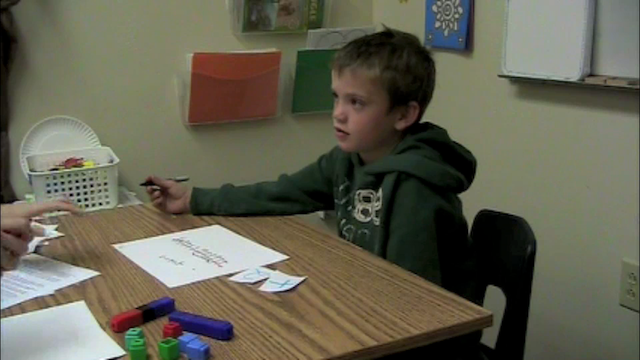Project Z
Center for Research in Mathematics and Science Education
San Diego
- Links
- Project Z
About
Project Z: Mapping Developmental Trajectories of Students' Conceptions of Integers
Lisa Lamb, Jessica Bishop, and Randolph Philipp (co-PIs). Funded by: National Science Foundation, Grant DRL-0918780, 2009-2014.
Making sense of integers is particularly challenging for children and yet is foundational for success with first-year algebra coursework. In this research and development project, we will identify students' conceptions of integers across the K–12 spectrum. We will analyze 160 interviews of students in grades 2, 4, 7, and 11, and 30 interviews of specialized adults (those who have revisited their notions of integers by drawing from one of four perspectives: a formal mathematics perspective, a historical mathematical perspective, a children’s mathematical thinking perspective, and a mathematics teacher perspective). Collectively, the conceptions identified across these interviews will help us to map the terrain from informal to expert conceptions of integers.
Making sense of integers is particularly challenging for children and yet is foundational for success with first-year algebra coursework. In this research and development project, we mapped developmental trajectories of students’ conceptions of integers. We analyzed more than 160 interviews from students in grades 2, 4, 7, and 11. Collectively, the conceptions identified across these interviews helped us to map the terrain from informal to expert conceptions of integers.
We have used findings from the interviews to create a framework to identify problem types as well as Ways of Reasoning (WoRs) as related to student thinking about integers and integer operations. Teachers and researchers can use the developmental trajectories to understand students’ thinking about integers. This project has the potential to influence the teaching and research community.
Watch videos of students and see our list of publications at the Project Z website!

Jacob, a first grader, explains how he sums -5 and -2.
